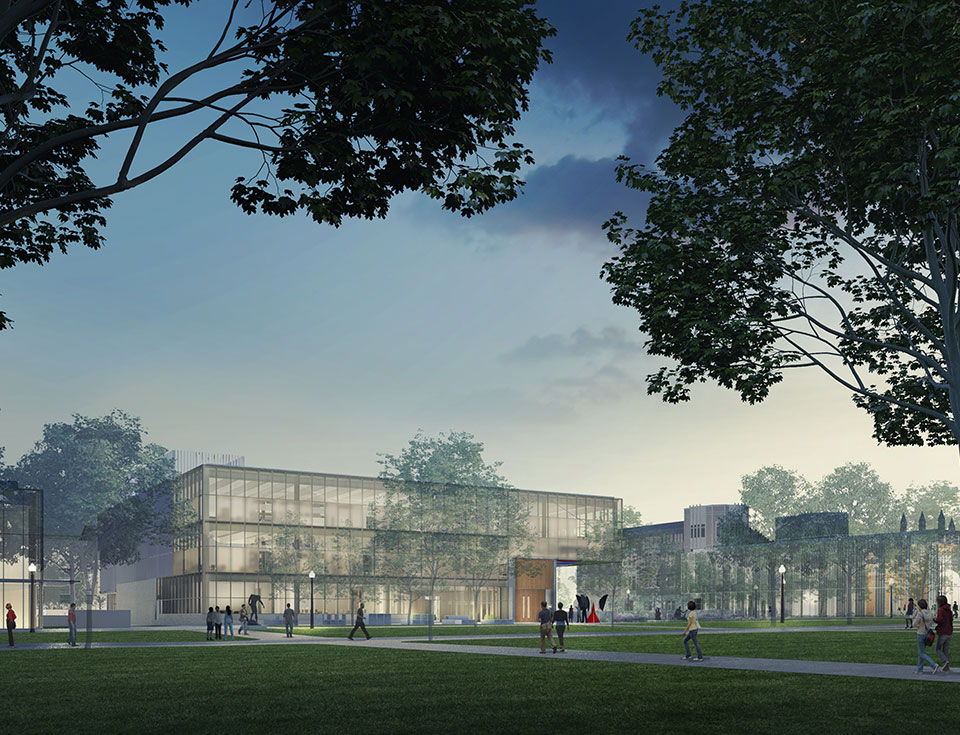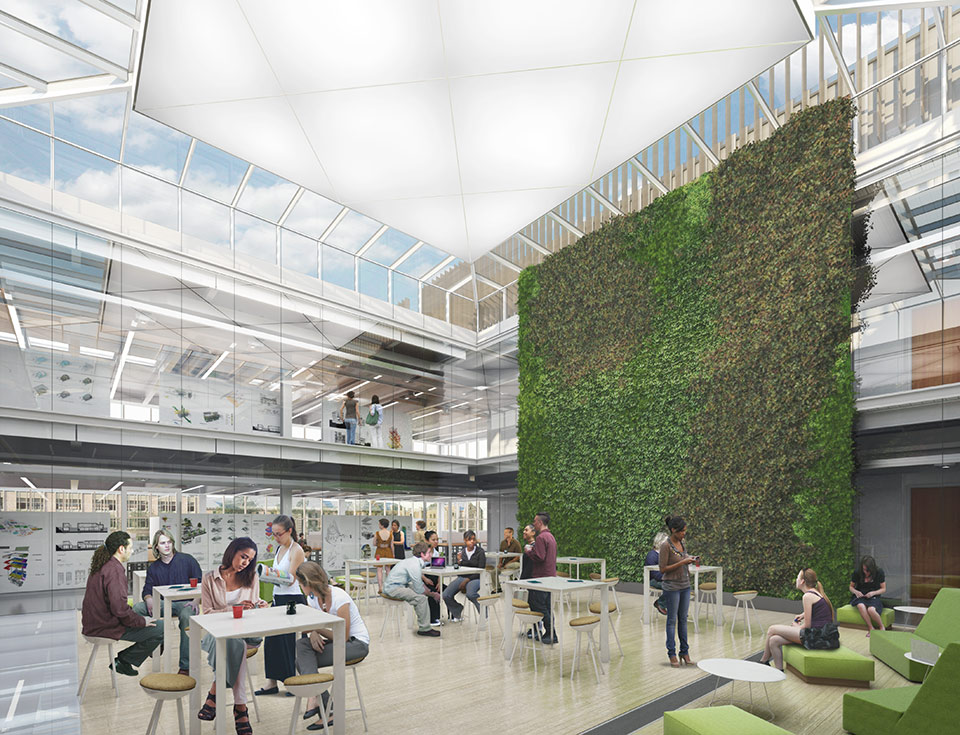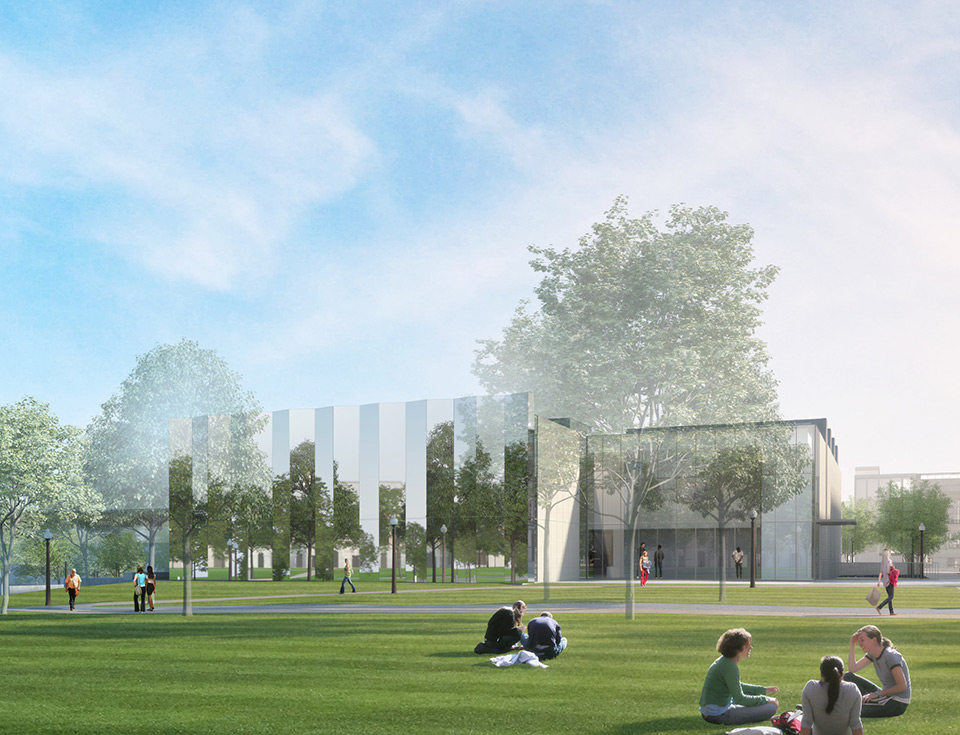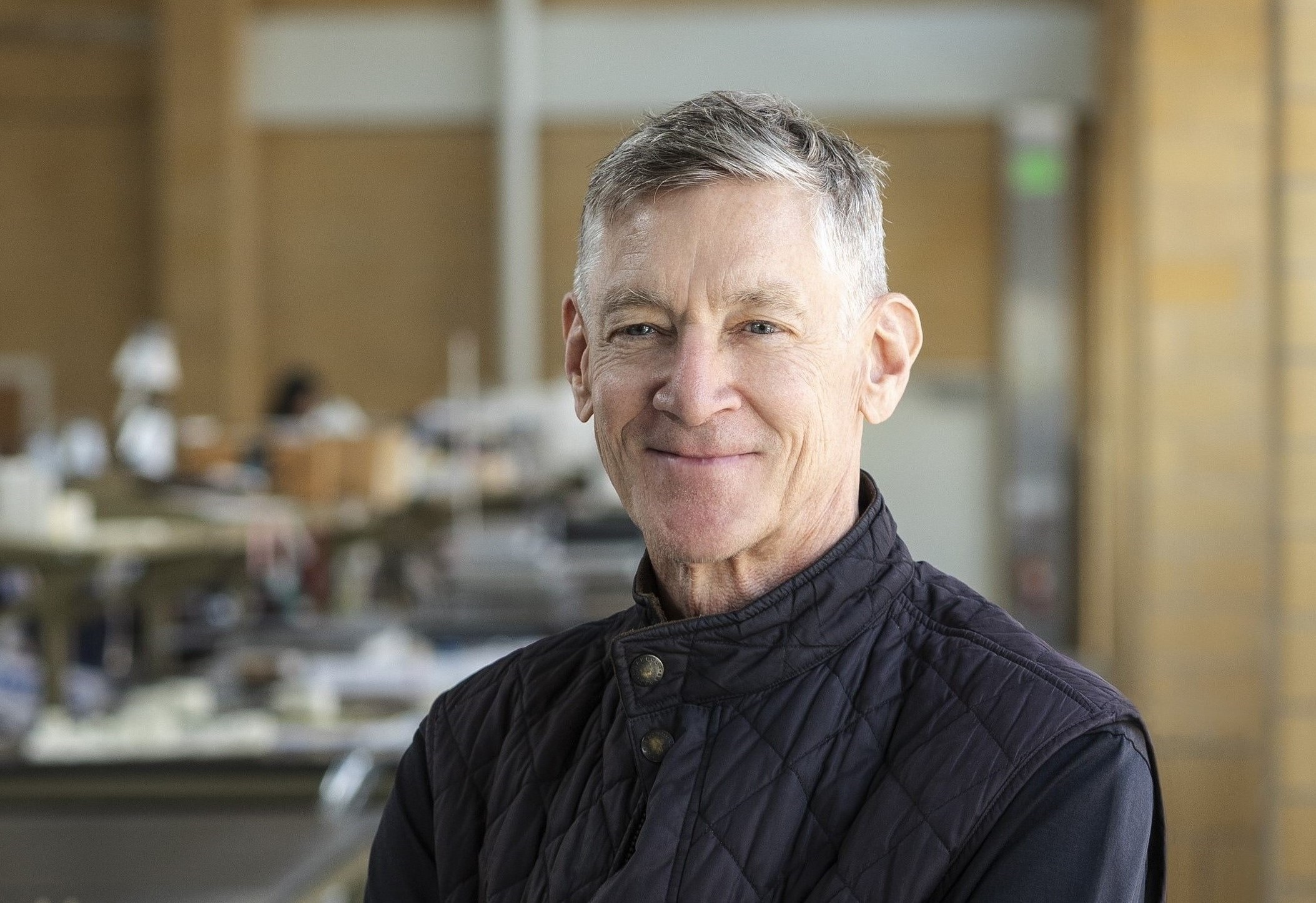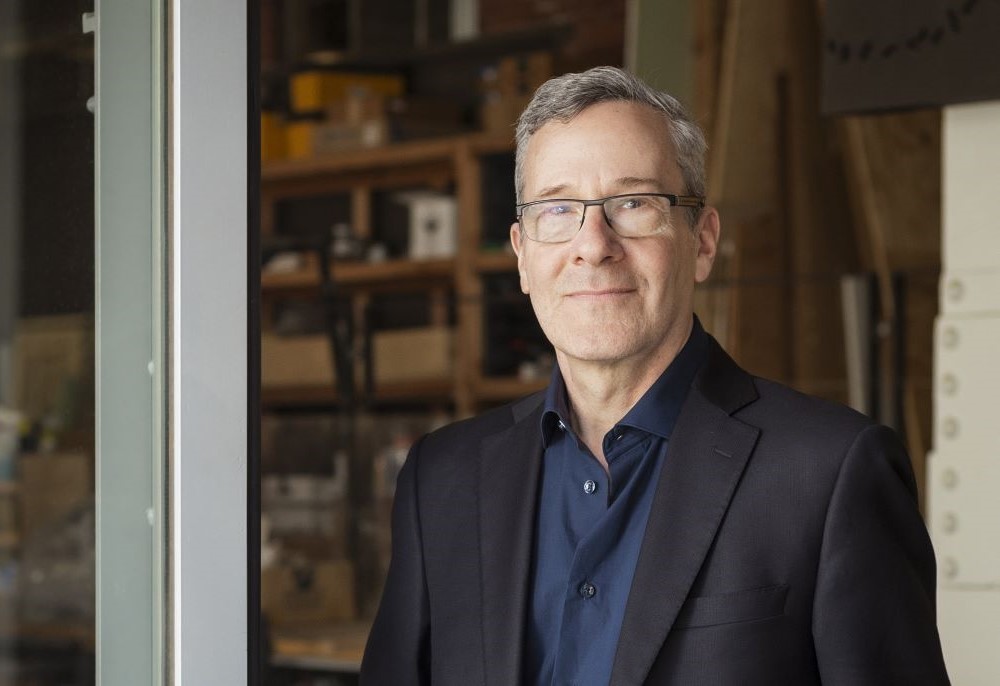Coming This Fall: New Facilities for Washington University's Sam Fox School of Design & Visual Arts
Washington University in St. Louis recently announced that the newly constructed Weil Hall and the expanded Kemper Art Museum will open this fall.
©KieranTimberlake/studioAMD
Earlier this month the Sam Fox School of Design & Visual Arts at Washington University in St. Louis announced that it will unveil two of the four KieranTimberlake-designed capital projects that will transform the campus, reshape the student and visitor experience, and enhance the prominence of its on-campus art museum.
The newly constructed Anabeth and John Weil Hall will house state-of-the-art graduate studios, classrooms, and digital fabrication spaces. At the same time, a major expansion and renovation of the Mildred Lane Kemper Art Museum will strengthen the museum's visibility, better showcase its renowned collection, and accommodate larger and more varied special exhibits.
Both projects broke ground in 2017 and are part of the $280 million East End Transformation of the University's Danforth Campus. The renovated Kemper Art Museum will open to the public on September 28, while a dedication for Weil Hall and the larger East End Transformation, which encompasses eight components, will take place on October 2.
“This is the dawn of a new era for Washington University and the Sam Fox School,” said Carmon Colangelo, the Ralph J. Nagel Dean and E. Desmond Lee Professor for Collaboration in the Arts at the Sam Fox School. “Weil Hall and the expanded Kemper Art Museum demonstrate the important role that art, architecture, and design education play within a top-tier private research university.
“For the first time in decades, all of our graduate and undergraduate art, architecture, and design programs will be located together at the front door to campus,” Colangelo added. “Students will enjoy innovative new studios, share interdisciplinary common spaces, and engage with our world-class art museum on a daily basis. But most importantly, they will inspire one another and more easily collaborate across disciplinary boundaries.”
Weil Hall's two-story interior courtyard will draw together students and faculty from many disciplines.
©KieranTimberlake/studioAMD
Anabeth and John Weil Hall
With its abundant natural light and flexible, loft-style studios and workspaces, Weil Hall will be a new locus for teaching, study, creation, and critique. The new building will host studios for graduate architecture, landscape architecture, urban design, and visual art.
The building's luminous, two-story interior courtyard will feature a living green wall, skylights, and glass walls that visually connect studio spaces and give students a feeling of simultaneity and participation in a larger community. A digital fabrication studio will empower students and faculty across programs to execute complex projects using state-of-the-art tools.
“The design of Weil Hall is about fostering intentional interaction among disciplines in a flexible, open, light-filled space that inspires scholarship, creative research, and bold experimentation,” said Partner James Timberlake. “This was an opportunity to give new life and purpose to the Danforth Campus by putting the vitality of the art and architecture programs on view front and center for all to see.”
The Kemper Art Museum will feature a pleated stainless-steel facade.
©KieranTimberlake/studioAMD
Expanded Kemper Art Museum
Known for its persistent exploration of the intersections between art, politics, and everyday life, the Kemper Art Museum is unique among university institutions for the superb quality of its modern and contemporary holdings. With nearly 50 percent more space, the expanded Kemper Art Museum will be able to display an even larger portion of its permanent collection. A striking new 34-foot-tall polished stainless-steel facade will draw visitors to the renovated Museum with a pleated surface that reflects the dynamic movement of the campus and sky. This movement will spark curiosity and invite interaction while also setting the stage for the Museum's outstanding collection and the thought-provoking exhibitions.
Entering the Museum, visitors will encounter a soaring new glass-lined lobby. Suspended overhead will be a dramatic new installation by artist Tomás Saraceno made up of a network of iridescent modules and interconnected ropes that suggest a utopian vision of life in the sky. Just past the lobby, a new double-height, 2,700-square-foot gallery will showcase a range of post-war and contemporary art. On the second floor, a reconfigured gallery will create an intimate viewing experience for major 19th- and early 20th-century European and American works.
Outside, a reinstalled Sculpture Garden will extend the Museum's reach into the surrounding park-like campus setting. Situated just north of Weil Hall along a primary pedestrian thoroughfare, the Sculpture Garden will feature iconic sculptures such as Auguste Rodin's The Shade and Alexander Calder's Five Rudders, as well as a new commission by acclaimed contemporary artist Dan Graham.
“This expansion creates exciting new opportunities for public dialogue and prolonged visual engagement,” Museum Director and Chief Curator Sabine Eckmann noted. “Taken together, these changes will provide visitors with a powerful aesthetic experience while improving the Museum's ability to realize temporary exhibitions, collaborate with peer institutions, and showcase works that have only rarely been on view.”
The Museum will reopen on September 28 with Ai Weiwei: Bare Life, a thematic exhibition that will offer new insight into the celebrated Chinese artist's work on human rights and his deep engagement with China's past—from the rupture of the Cultural Revolution to the radical shifts that have characterized the new millennium.



